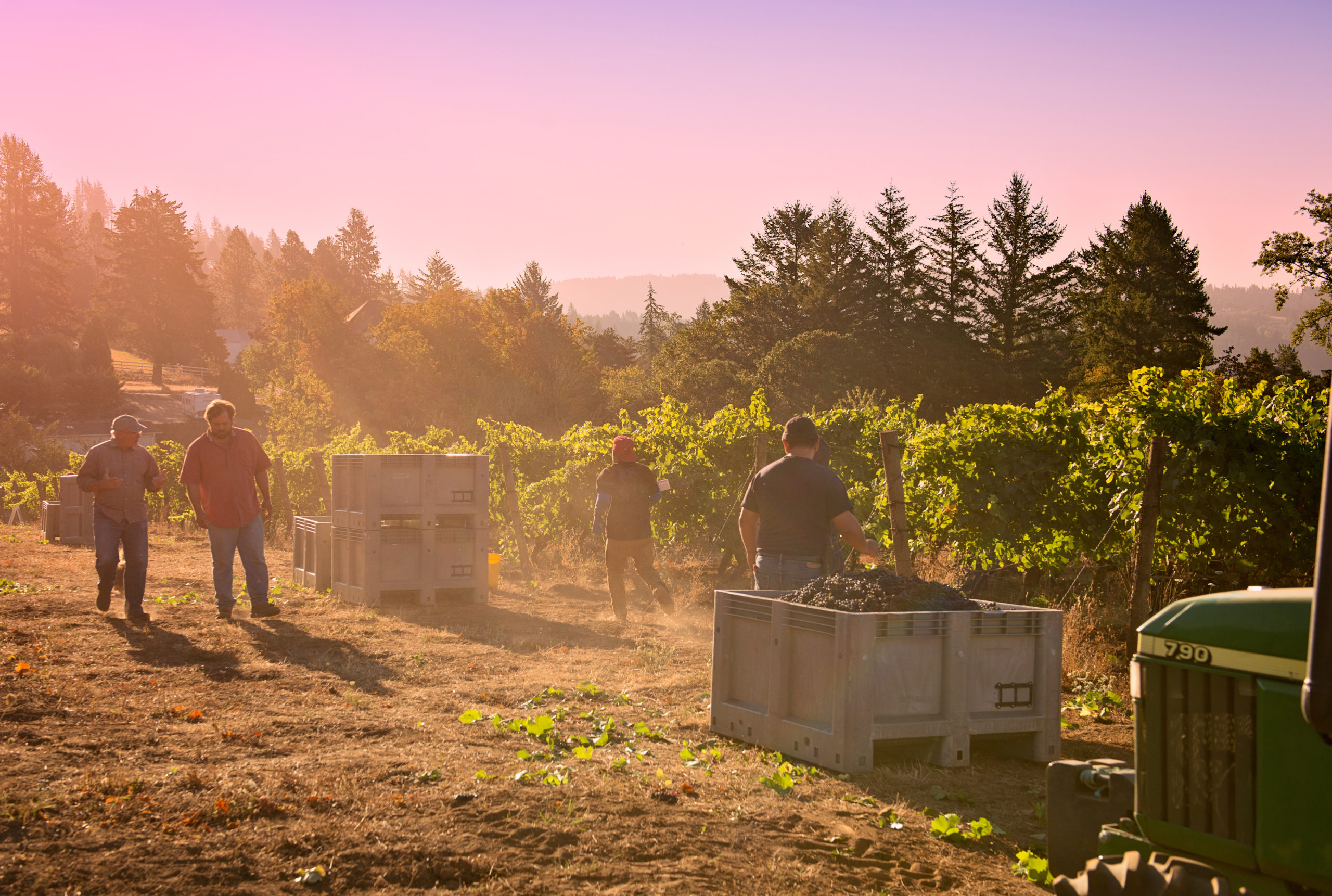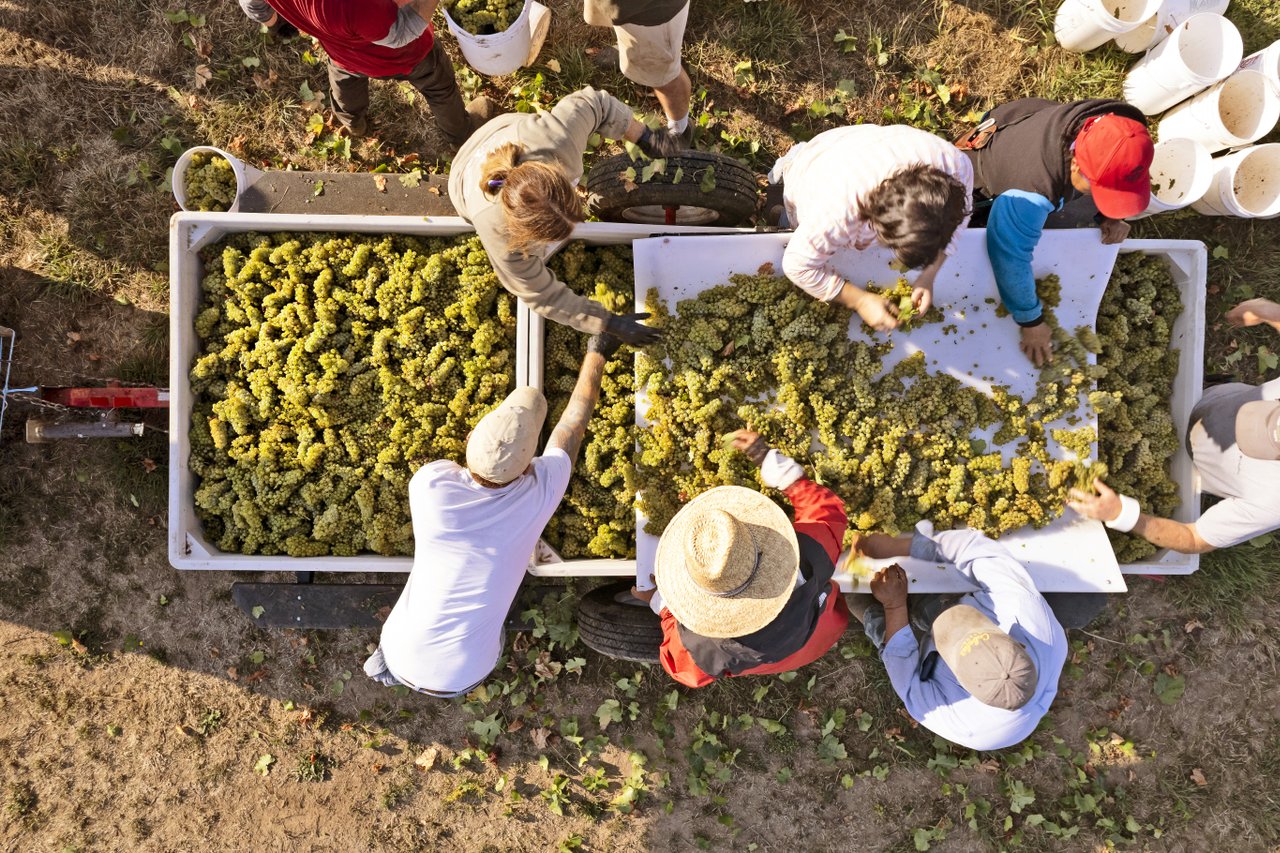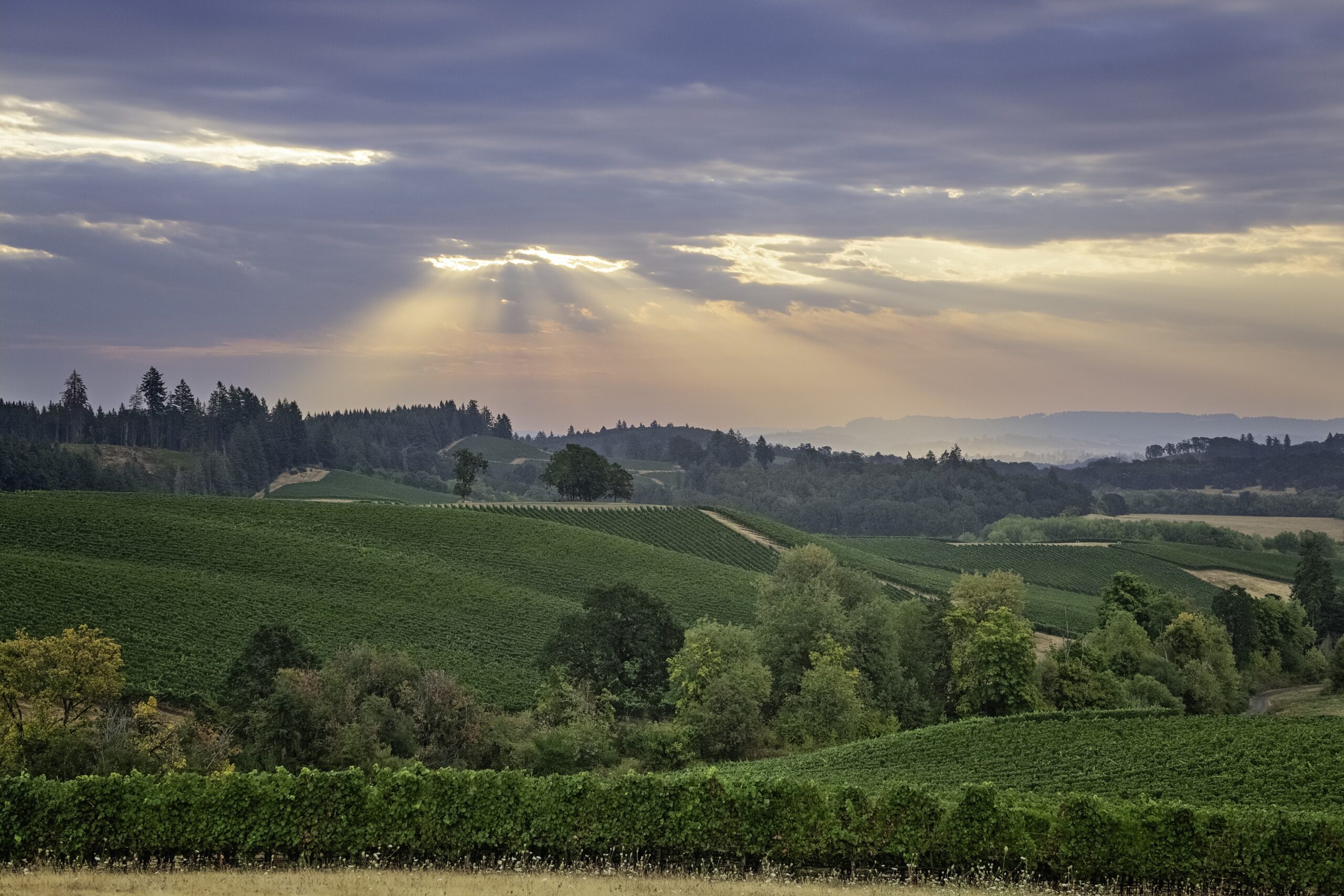About the Yamhill-Carlton AVA
These pastoral ridgelines in the Willamette Valley provide a unique set of growing and touring conditions. Low ridges surround the two communities of Yamill and Carlton in a horseshoe shape, with the North Yamhill River coursing through nurseries, grain fields, orchards, and more than 2,600 acres of vineyard.
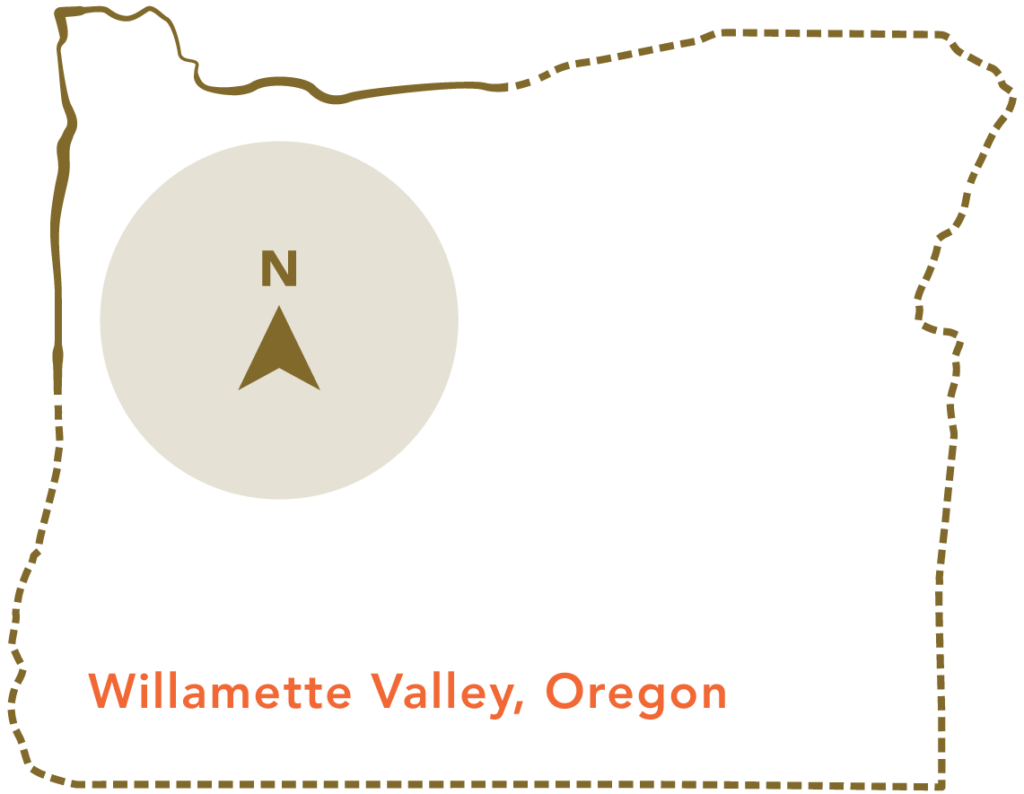
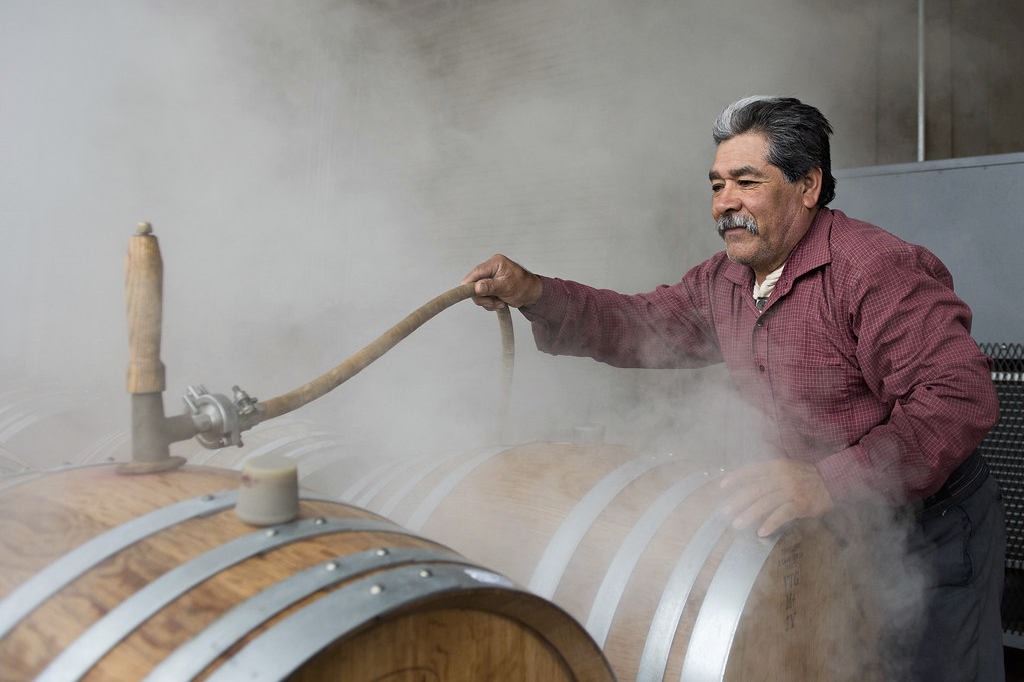
Fertile ground
The Yamhill-Carlton AVA is contained within the Willamette Valley and is located 35 miles (56 km) southwest of Portland and 40 miles (64 km) east of the Pacific Ocean. The region is bordered by the Coast Range to the west, Chehalem Mountains to the north, and the Dundee Hills to the east. These barriers provide protective cover from extreme weather resulting in warmer temperatures and the earliest harvest dates in the Willamette Valley. The warmer mesoclimate produces ripe, texturally driven wine with an abundance of spice and floral qualities layered onto dark fruit flavors.
Yamhill-Carlton has some of the oldest soil and vine material in the Willamette Valley. It is comprised of coarse grained ancient marine sediments that drain quickly, making it ideal for viticulture.
Yamhill-Carlton was once known for fruit tree orchards, nurseries, livestock, wheat fields, and logging. In 1974, the pioneers Pat and Joe Campbell planted Elk Cove Vineyard and Roy and Betty Wahle planted Wahle Vineyard. Elk Cove went on to produce the first commercial wine from the area.
Keep exploring
Yamhill-Carlton Winegrowers
The Yamhill-Carlton AVA is home to Oregon wine industry pioneers, winegrowing veterans, and friendly neighbors.
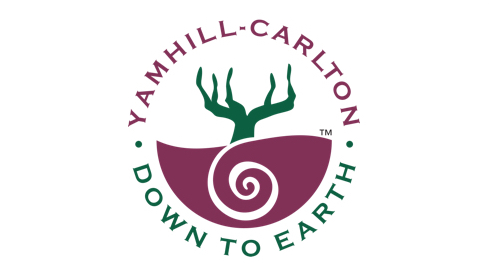
Willamette Valley Visitors Association
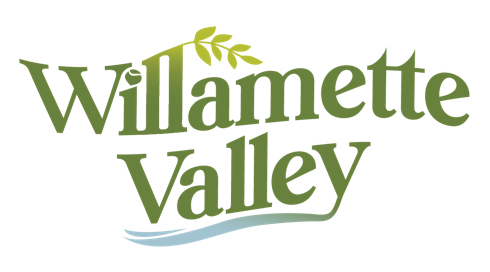
Tasting Room Directory
Explore tasting rooms in the North Willamette Valley.

Dig deeper
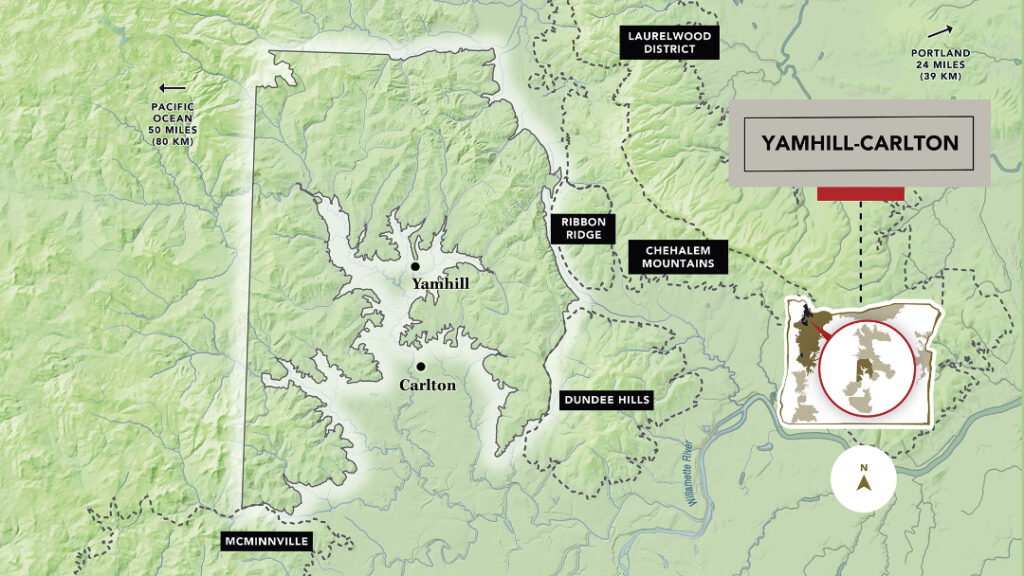
- Established: 2004
- Total Area: 58,100 acres (23,500 ha)
- Planted Area: 2,405 acres (970 ha)
- Predominant Varieties: Pinot noir, Pinot gris and Chardonnay
- Predominant Soils: Marine sedimentary (Willakenzie series)
Follow along @YamhillCarlton

